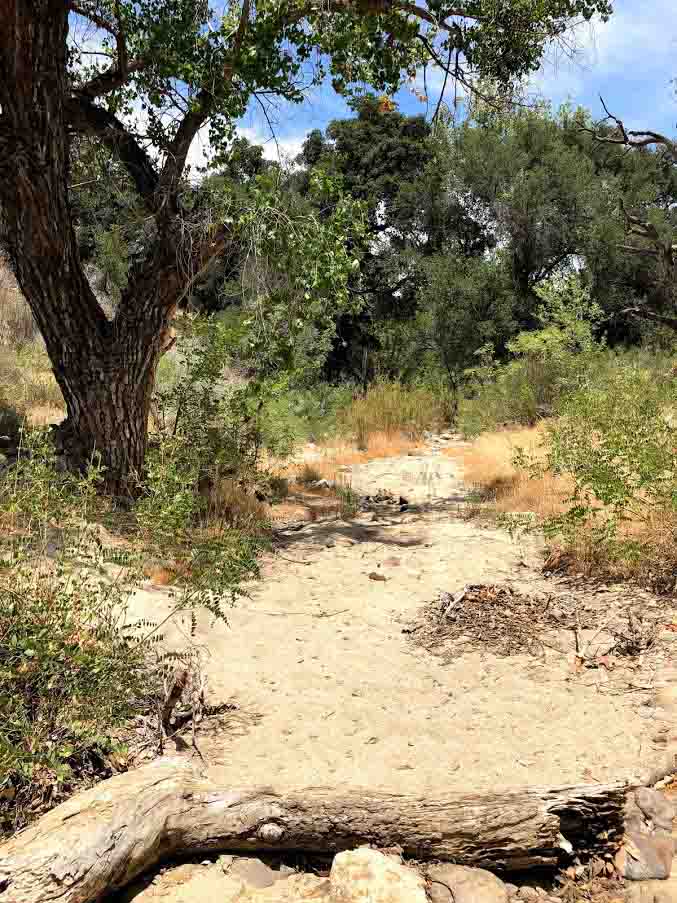Stream flow classification tool receives preliminary endorsement, to be rolled out across U.S. Southwest

A new tool that can rapidly distinguish among perennial, intermittent and ephemeral streams in the U.S. Southwest has received preliminary endorsement from a technical steering committee, paving the way for its rollout across an area stretching from California to Texas.
The flow duration classification tool, which was tentatively endorsed in July, uses easily observable field indicators – including presence of wetland vegetation and specific types of aquatic insects – to classify streams based on the duration of their surface flows. The tool is a collaboration of SCCWRP, the U.S. Environmental Protection Agency (USEPA) and the U.S. Army Corps of Engineers (USACE).
Ephemeral streams are water bodies that experience surface flows only after rain events, whereas intermittent streams experience sustained seasonal flows from snow melt and groundwater.
The tool is designed to support regulatory programs that require streamflow duration classifications, such as implementing riparian buffer best management practices, and identifying appropriate water quality standards for non-perennial streams. Additionally, the USEPA and USACE plan to further develop the tool to inform Clean Water Act regulatory decisions under a recent federal rule that clarifies the central role of stream flow duration information in identifying Waters of the United States.
This fall, SCCWRP will begin rolling out a beta version of this tool across the Arid Southwest region, focusing on outreach, training and soliciting feedback for further regional calibration and improvement.
More news related to: Bioassessment, Ecohydrology